Just how tricky is dryer repair?
andalee
13 years ago
Related Stories

BATHROOM TILEQuick Fix: Repair Cracked Bathroom Grout
Banish an eyesore and safeguard your bathroom from water damage in 30 minutes or less with this DIY repair
Full Story
HOUZZ TOURSHouzz Tour: Just Being Modest on Lake Superior
You don’t have to go all-out to have a retreat that’s all good, this Wisconsin vacation home shows
Full Story
SELLING YOUR HOUSEFix It or Not? What to Know When Prepping Your Home for Sale
Find out whether a repair is worth making before you put your house on the market
Full Story
KITCHEN DESIGNA Cook’s 6 Tips for Buying Kitchen Appliances
An avid home chef answers tricky questions about choosing the right oven, stovetop, vent hood and more
Full Story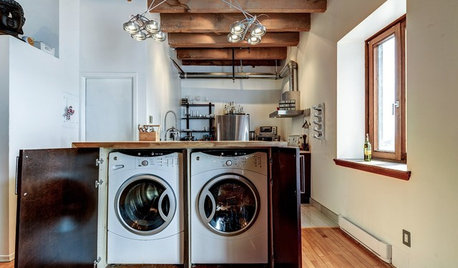
LAUNDRY ROOMSA Kitchen Laundry Cabinet Full of Surprises
A little DIY spirit allowed this homeowner to add a washer, dryer, kitchen countertop and dining table all in one
Full Story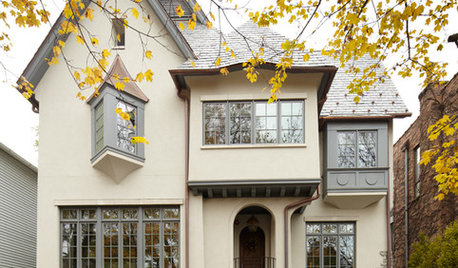
HOUSEKEEPINGHow to Tackle Your Home To-Dos
Make quick work of minor repairs and replacements with this thorough, step-by-step approach
Full Story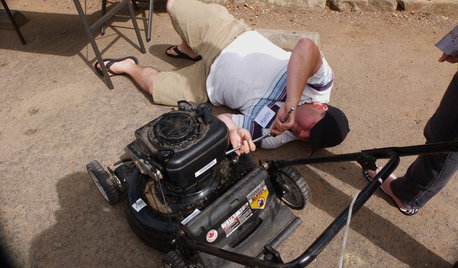
EVENTSDon't Throw Away Another Household Item Before Reading This
Repair Cafe events around the world enlist savvy volunteers to fix broken lamps, bicycles, electronics, small appliances, clothing and more
Full Story
DECORATING GUIDESDecorating 101: How to Use White Right
If you’ve ever been in white-paint-swatch limbo, you know white can be tricky to work with. Here’s how to get the fresh look you’re after
Full Story
DECORATING GUIDESCompact Living: Tips and Tricks for Every Room
From big-picture insight to detailed room-by-room strategies, these guides will help you get the most out of a tricky area
Full Story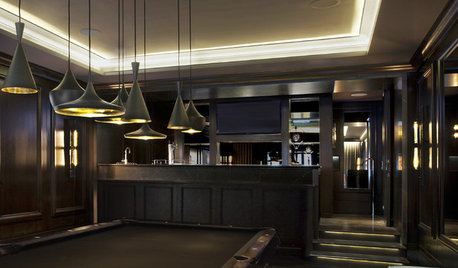
REMODELING GUIDESContractor Tips: Finish Your Basement the Right Way
Go underground for the great room your home has been missing. Just make sure you consider these elements of finished basement design
Full StorySponsored
Central Ohio's Trusted Home Remodeler Specializing in Kitchens & Baths
More Discussions






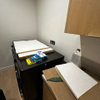
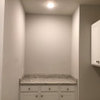

dadoes
andaleeOriginal Author
Related Professionals
Mount Prospect Kitchen & Bathroom Designers · Schaumburg Kitchen & Bathroom Designers · Kuna Kitchen & Bathroom Remodelers · Plant City Kitchen & Bathroom Remodelers · Burr Ridge Cabinets & Cabinetry · Livingston Cabinets & Cabinetry · San Francisco Custom Closet Designers · Tempe Custom Closet Designers · Belvedere Park Flooring Contractors · Kirkland Flooring Contractors · Leland Flooring Contractors · Miami Flooring Contractors · Mountain Top Flooring Contractors · Powell Flooring Contractors · San Jose Flooring Contractorsjakvis
davey3000
nerdyshopper
andaleeOriginal Author
andaleeOriginal Author
andaleeOriginal Author
lee676
techigirl78